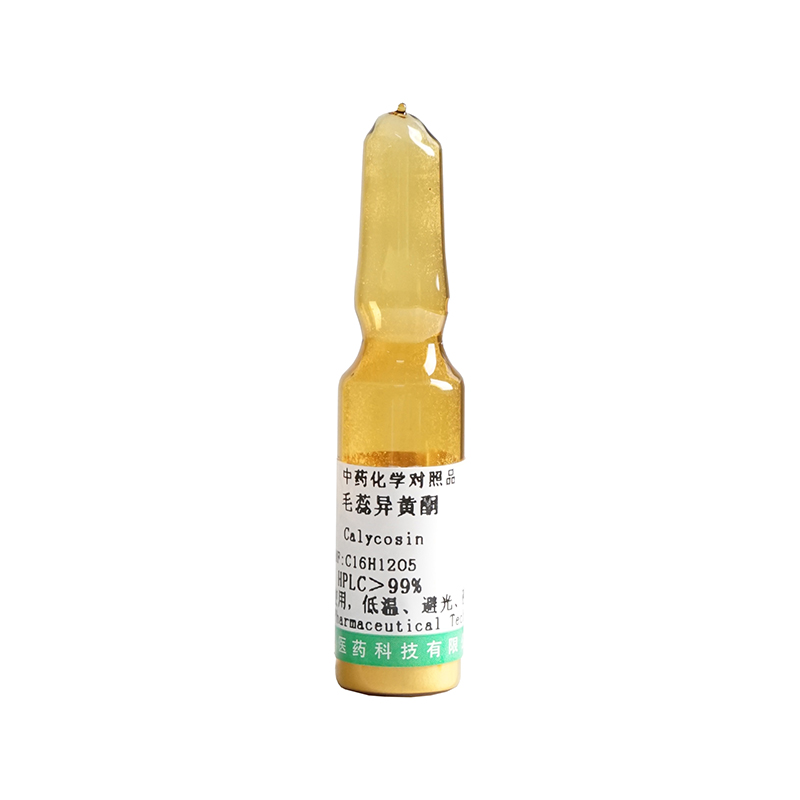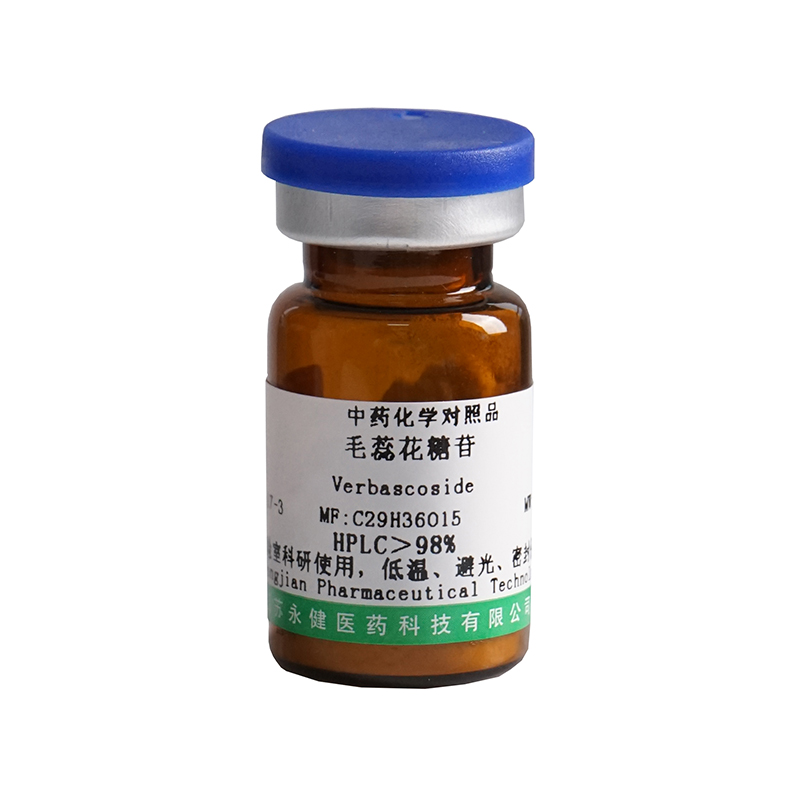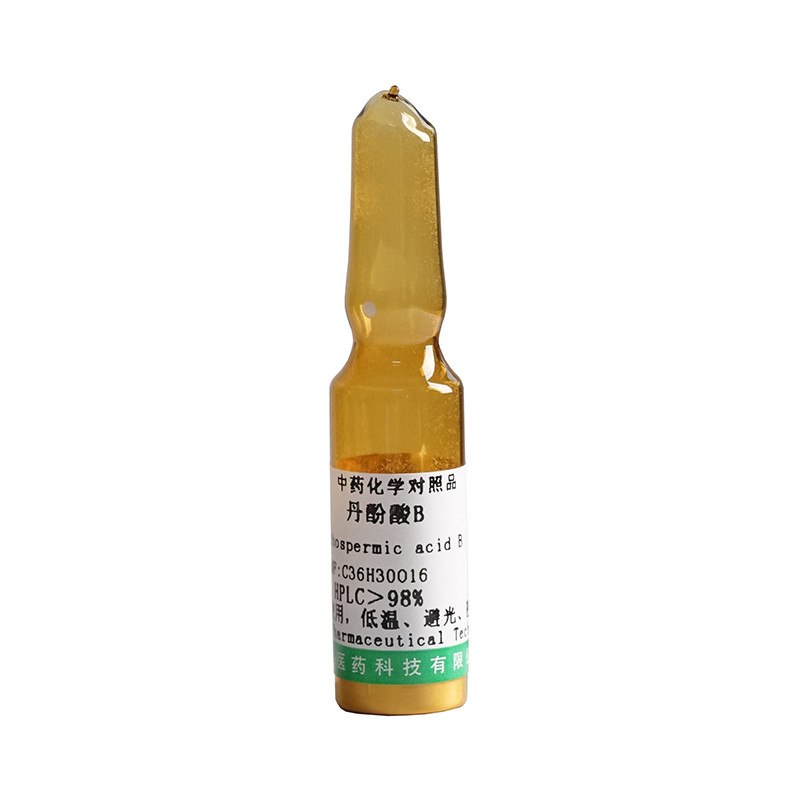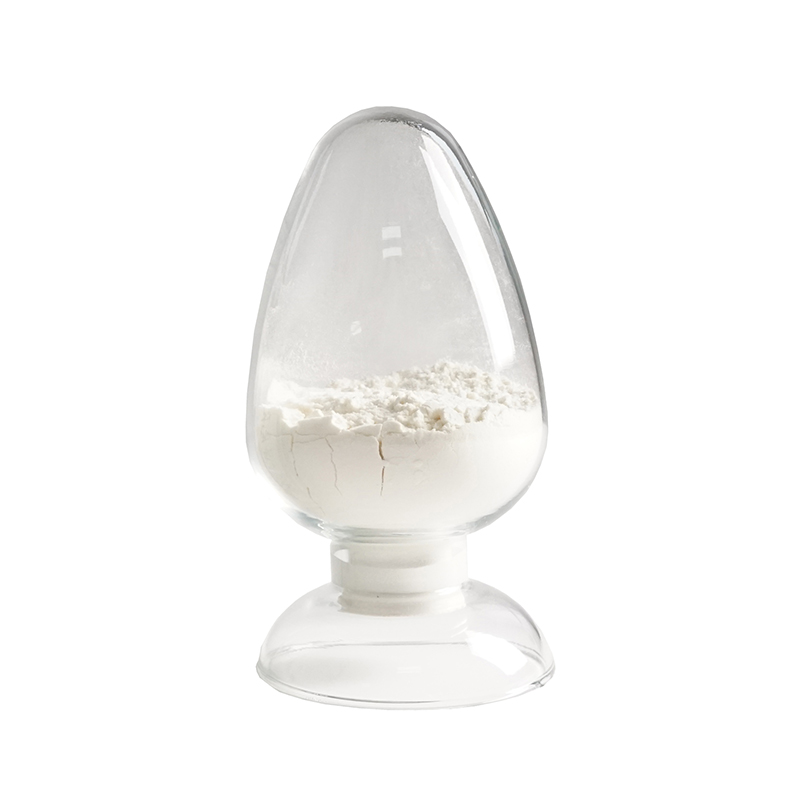Luteolin-7-O-glucoside; Cynaroside; Luteoloside, Luteolin CAS No.5373-11-5
Brief Introduction
Luteolin: Luteoloside, Luteolin-7-O-glucoside;Cynaroside;
2-(3,4-dihydroxyphenyl)-5-hydroxy-4-oxo-4H-chromen-7-ylbeta-D-glucopyranoside
CAS No.: 5373-11-5, Purity above 98%, Detection method: HPLC.
Alias: luteolin-7-o-glucoside; Cyanoside
Molecular formula: c21h20o11; Molecular weight: 448.41
Properties: yellow powder; Slightly soluble in water, methanol and ethanol, soluble in hot water, hot methanol and ethanol, insoluble in solvents with low polarity such as chloroform, ether, benzene and petroleum ether.
Melting point: 254-256 ℃.
Maximum UV absorption: 255350 (nm).
Common Use
1. Respiratory function: luteolin has strong bactericidal effect on respiratory tract. It is the main effective component of Qinglan, a unique medicinal material in Xinjiang, in the treatment of tracheitis.
2. Cardiovascular effect: reduce the role of cholesterol in atherosclerosis and enhance the relaxation of capillaries.
3. Central system function: in the experiment, it was found that luteolin can alleviate the anesthetic effect of phenobarbital.
Luteoloside is a traditional Chinese medicine in China. It has a wide range of functions and has strong efficacy of sterilization, anti-inflammatory, antipyretic and analgesic. Honeysuckle belongs to the honeysuckle family. According to the provisions of the 2005 edition of the Chinese Pharmacopoeia, the landmark components in honeysuckle are chlorogenic acid and luteolin, and whether it contains luteolin is the main chemical index to distinguish genuine honeysuckle from honeysuckle and honeysuckle vine of the same family, and it is also the main reason for the difference in curative effect between genuine honeysuckle and honeysuckle.









